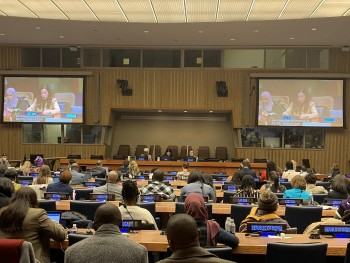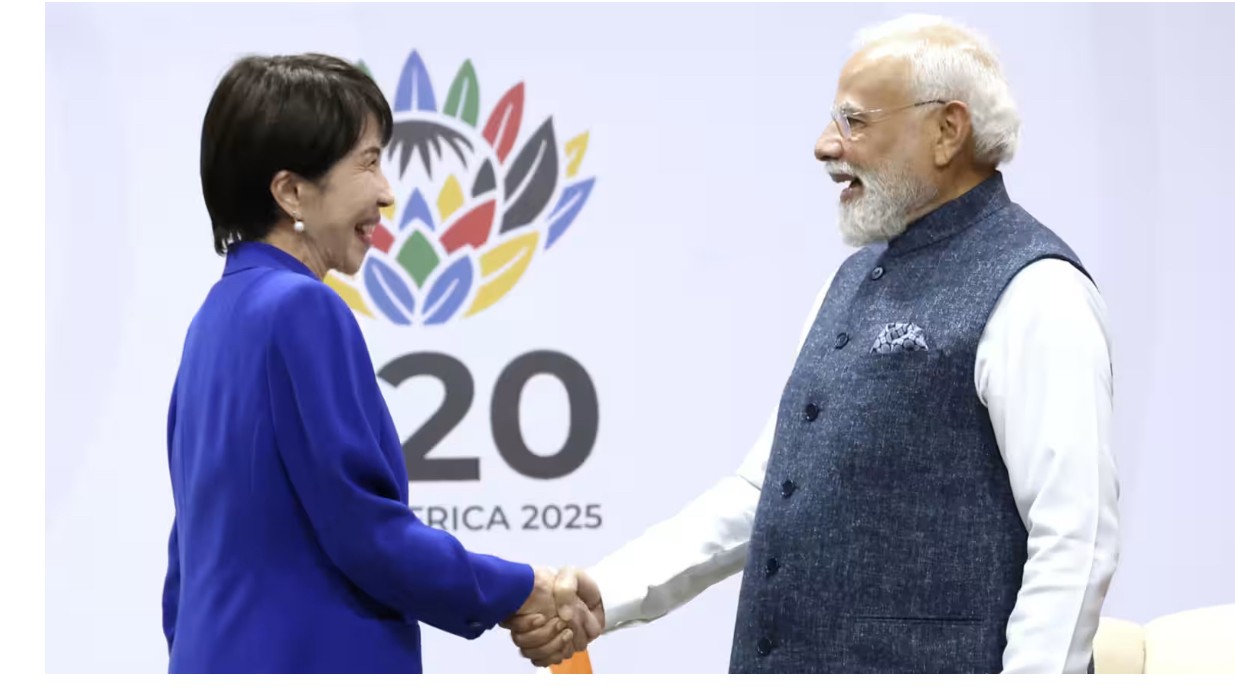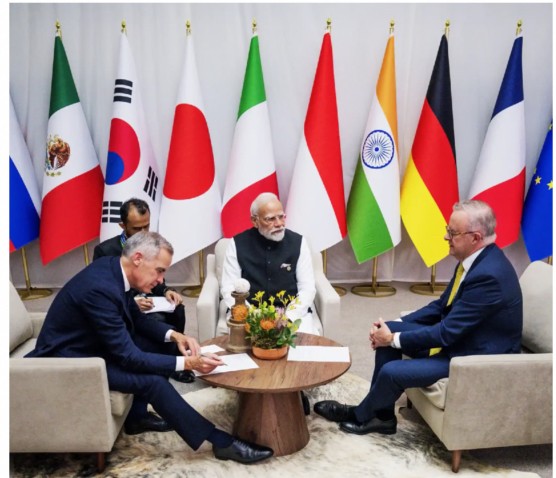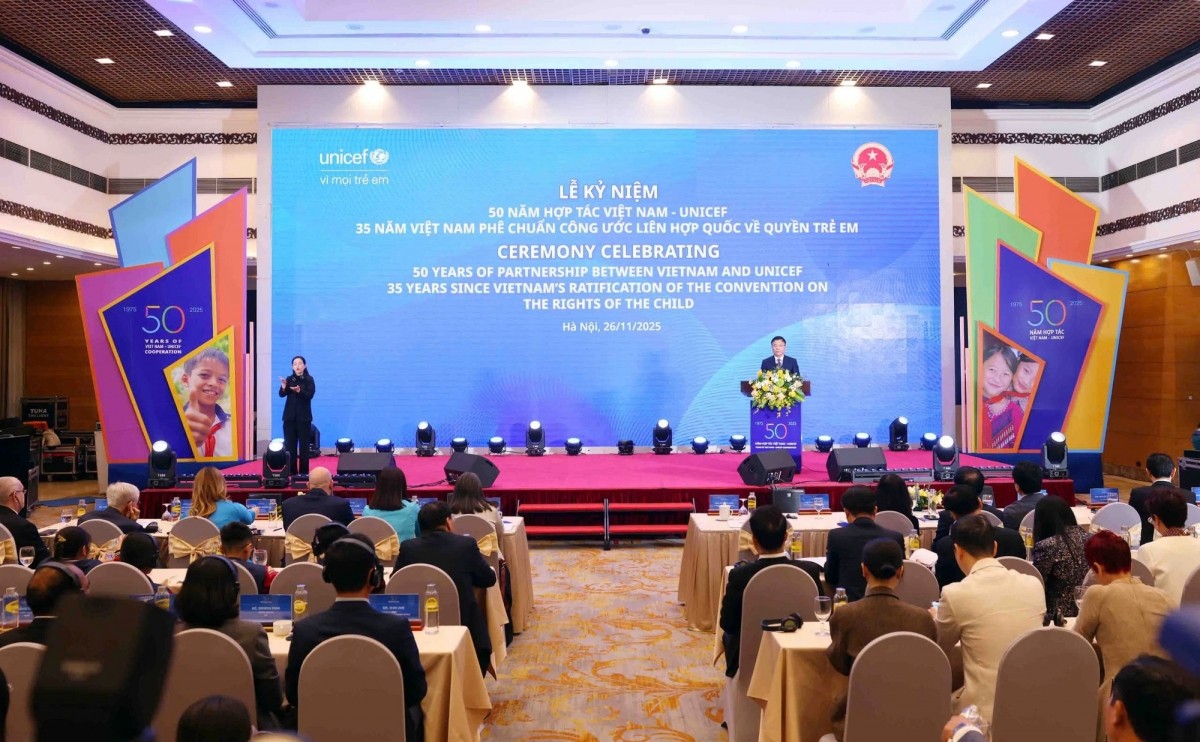UNICEF: Vietnam Narrows Gender Digital Divide
 |
| Illustrative image. Photo: Internet |
On April 25, girls around the world to mark International Girls in ICT Day, drawing attention to the critical need for more girls and women in the ICT sector.
With technology playing a role in all kinds of careers, from art and history to law, primary teaching and graphic design, learning tech skills at a young age will set girls up for economic independence. And, the ICT sector needs more girls and women.
The digital divide, or technology gap, is the difference between groups with access to technology and the internet and those without.
Girls and women often have less access to technology and the internet compared to boys and men. Particularly in developing countries, girls and women struggle to afford technology and internet access. In addition, stereotypes around technology being ‘for boys’ and fear of being discriminated against stop girls from using digital tools, according to VNA.
When it comes to gender parity, analysis in internet use among the youth has been achieved in only eight of 54 countries and territories analyzed. However, around 90% of adolescent girls and young women do not use the internet in low-income countries, while their male peers are twice as likely to be online.
"Closing the digital divide between girls and boys is about more than just having access to the internet and technology. It's about empowering girls to become innovators, creators, and leaders," said Robert Jenkins, director of Education, the United Nations Children’s Fund (UNICEF).
"If we want to tackle gender gaps in the labor market, especially in Science, Technology, Engineering, and Math (STEM) fields, we must start now by helping young people, especially girls, gain digital skills."
 |
| Digital transformation has recently become a top keyword among businesses in Vietnam. |
Without equal access to technology and the internet, girls and women are not able to equally participate in ever more digital societies. Holding back girls and women in this area affects every aspect of their lives, including their ability to speak out and campaign on issues that affect them.
Moreover, if girls and women are not involved in creating digital tools and online content, they may exacerbate existing inequalities.
The report entitled "Bridging the Digital Divide: Challenges and an Urgent Call for Action for Equitable Digital Skills Development" takes a close look at the gender digital divide among young people aged 15-24 years by analysing available data on internet use, mobile phone ownership, and digital skills in mostly low-, lower-middle-, and some middle-income economies.
Though more gender-disaggregated data is needed to better monitor, understand, and work toward digital inclusion, the report finds that girls are being left behind in an increasingly digital and connected world.
While advancing access to the internet is important, it is insufficient for digital skills training. For example, in most countries analysed, the share of youth with access to the internet at home is much higher than that of youth with digital skills.
Only in Vietnam and Mongolia is gender parity observed in both foundation reading skills and digital skills, where gender parity is observed in the analysed age cohorts.
This indicates that in these countries, both girls and boys aged 7-14 are acquiring foundational reading skills at similar rates, and adolescent girls and boys, as well as young men and women aged 15-24, are acquiring basic digital skills at comparable rates.
However, achieving gender parity does not necessarily imply that the skills are prevalent across the population. For instance, in Vietnam, while 83% of 7-14-year-olds have acquired foundational reading skills, only about 36% of 15-24-year-olds have acquired basic digital skills. Thus, although parity has been achieved, there is still a long way to go before all youth acquire the necessary skills for employment and higher earnings.
Globally, girls are the least likely to have the opportunities to develop the skills needed for 21st-century learning and employment, according to the report. On average across 32 countries and territories, girls are 35% less likely than their male peers to have digital skills, including simple activities like copying or pasting files or folders, sending emails, or transferring files.
 |
| Photo: doanhnhansaigon.vn |
The root barriers are far deeper than a lack of access to the internet, according to the report. The findings suggest that educational and family environments play a critical role in the gender digital divide. For example, even within the same home, girls are far less likely than boys to access and be able to make full use of the internet and digital technologies.
Barriers to accessing opportunities to higher learning and the labour market, pervasive discriminatory gender norms and stereotypes, and concerns over online safety may further restrict girls' digital inclusion and skills development.
The report also argues that even when girls have equitable access to gain foundational reading and math skills – and perform on par or better than their male peers – it does not always translate to digital skills. To break the barriers holding girls back, they need early exposure and access to technology, digital and life skills training, and efforts that address harmful gender stereotypes, especially within families, and online violence.
Also, only by applying gender-transformative teaching approaches, can barriers towards girls advancement in STEM be broken down, ensuring equal access for all students.
UNICEF is calling on governments and partners to close the gender divide and ensure that girls have the opportunities to succeed in a digital world. Some of the recommendations include teaching digital skills equally to girls and boys in and out of school; protecting girls' safety online through virtual safe spaces, policies and laws, and education; and promoting girls' access to peer learning, mentoring, internships and job shadowing in the digital/STEM world.
 | Creating Opportunities for Women in Digital Transformation Process in Vietnam This year’s International Women's Day priority theme provides a unique opportunity to revisit the gendered impacts of innovation and technology and to identify recommendations that ... |
 | Vietnam Pledges Promoting Women Participation in Digital Transformation at UN Session Vietnam shares experiences in promoting the participation of women and girls in the global digital transformation process |
 | Protecting Children in The Digital World The ChildFund-initiated project, “Swipe Safe” focuses on curriculum development, app development and acquiring digital devices to train children and youth groups, parents groups and relevant ... |
Recommended
 World
World
India’s package for exporters signals confidence in Southeast Asia markets
 World
World
Japanese PM Sanae Takaichi and Indian PM Narendra Modi agree to deepen Japan-India cooperation
 World
World
Australia, Canada, India Enhance Cooperation in Technology
 World
World
PM Modi underscores "shared commitment to global progress and prosperity" at G20 Leaders' Summit in Johannesburg
Popular article
 World
World
Bridges beyond borders: India’s supports Nepal’s growth, tourism, and cricket dream
 World
World
Russia 'Actively Preparing' For Putin's India Visit: Kremlin
 World
World
Are US-India ties set for a rebound after Trump’s trade talk optimism?
 World
World







